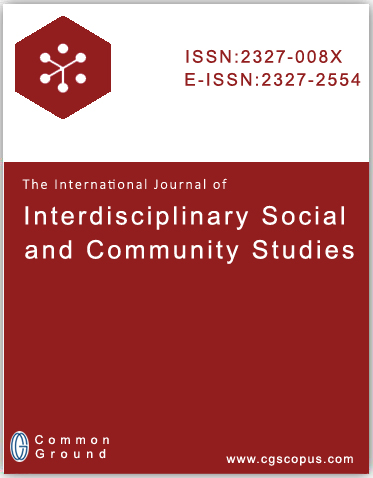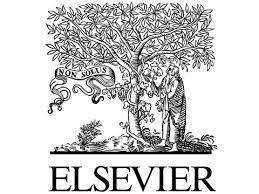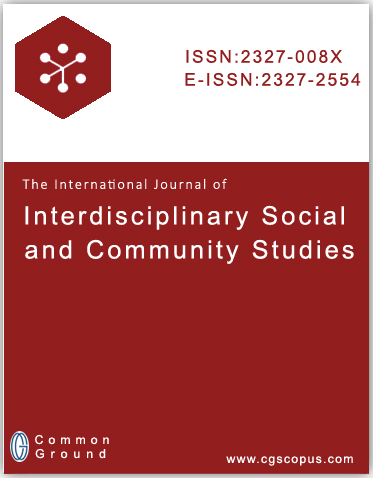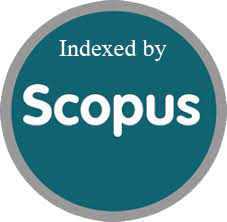THE FORMATION OF THE TEMURIAN RENAISSANCE AND ITS IMPACT ON INTER-NATIONAL RELATIONS, HISTORICAL-CULTURAL PROCESSES
DOI:
https://doi.org/10.18848/jt53n028Keywords:
Timurid Renaissance, cultural integration, architecture, development of sciences, art and literature, Samarkand, educational centers, , enlightenment movementAbstract
This article analyzes the factors that influenced the rapid development of cultural and educational renewal in Central Asia during the reign of Amir Temur and his dynasty, and the significant changes in human history as a result. The article analyzes the fact that this period, recognized as the Timurid Renaissance, developed during the reign of ruler Mirzo Ulugbek, was especially noticeable in the development of exact sciences, and its important similarities and differences with the Renaissance period formed in the West. Attention is paid to the enlightened policies of the Timurid rulers and the improvement of social worldview as a result. The specific aspects of development in various fields are considered from the point of view of the historical period










